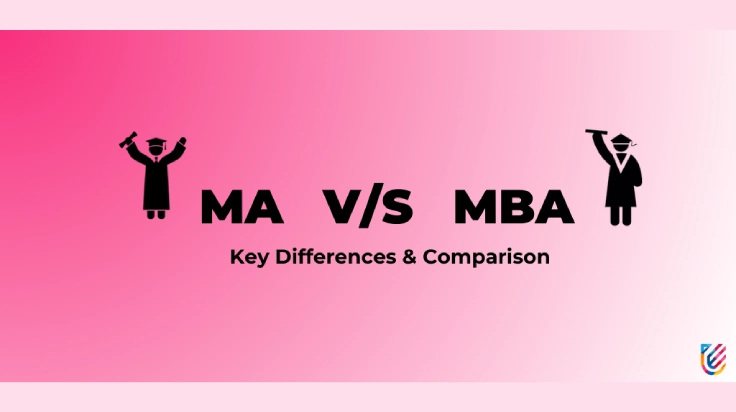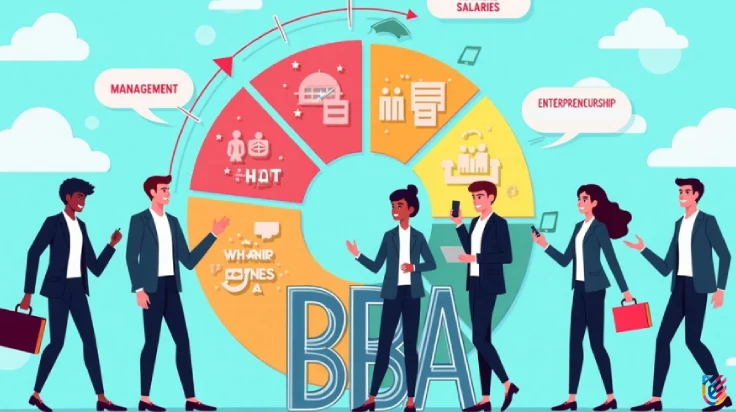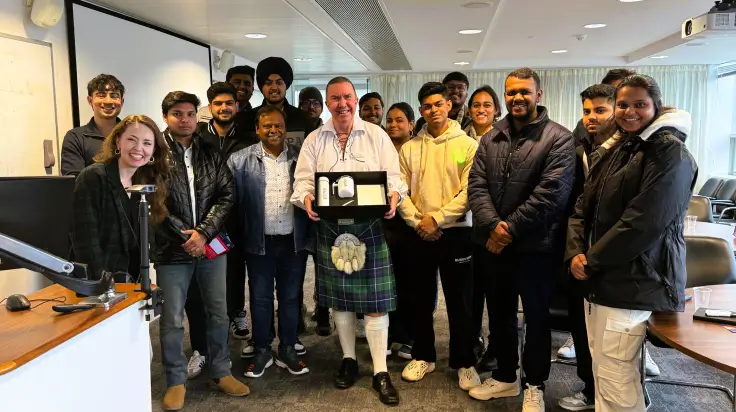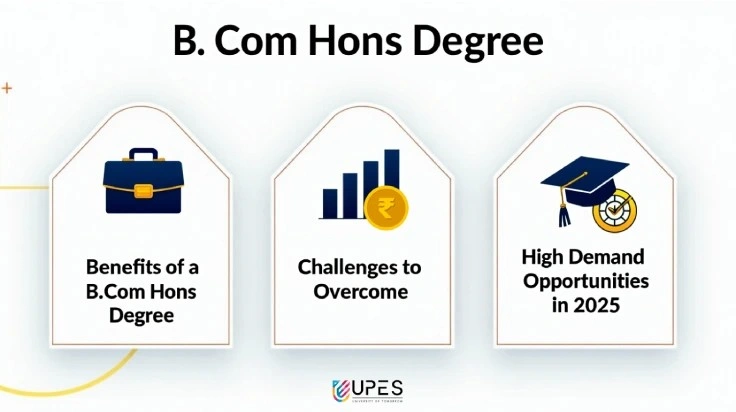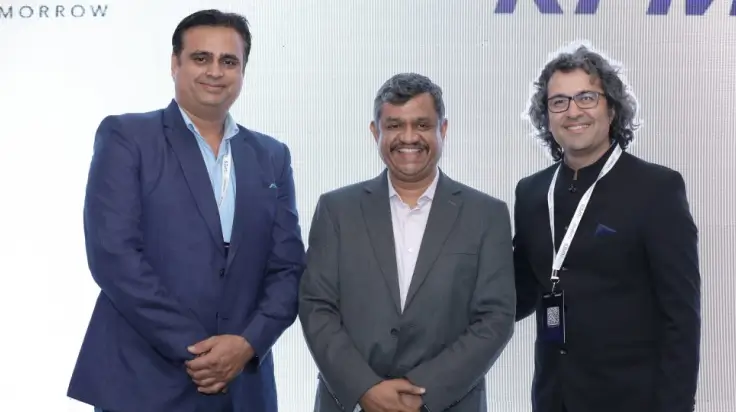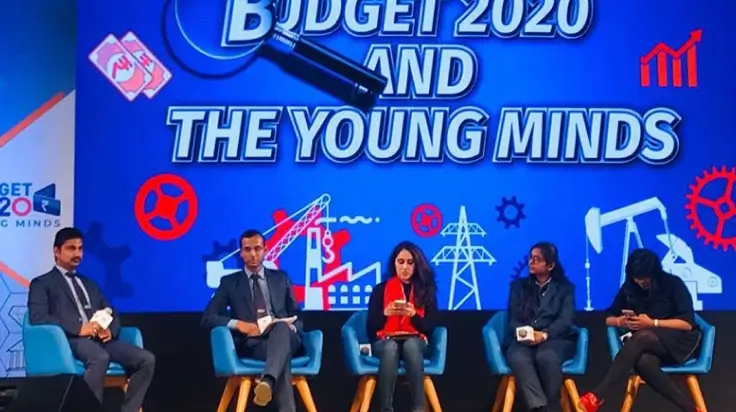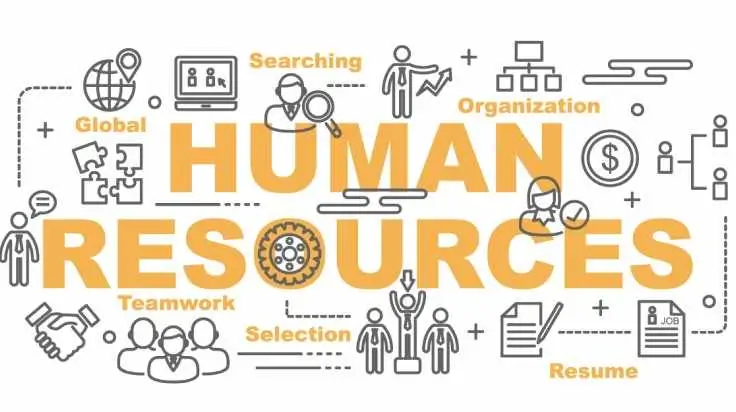How Organisations and Leaders Improve Teamwork at the Workplace
- Prof. Rahul Nainwal
- Published 03/01/2024

Teams are pervasive in today’s world. Even the largest and most complex teams can work together effectively if the right conditions are in place. The most productive, innovative teams are led by people who are both task- and relationship-oriented. It is seen that teamwork models relate positivity to team performance. Post-pandemic, companies are forced to shed the traditional way of working and accept the uniqueness of their teams to be able to work fully to their potential. In this article, we have tried to cover ways in which organisations and leaders can contribute to improving teamwork in the workplace.
It Starts with the Basics
At the most basic level, a team’s success or failure at collaborating mirrors the philosophy of top executives in the organisation. Teams do well when leaders are involved in demonstrating collaborative behaviour themselves and take time out to invest in social relationships with team members. Thus, good leaders should define goals clearly, engage in debates about commitments, and clarify the responsibilities of individual team members. Furthermore, leaders who engage are often the ones who inspire, strengthen, and connect with their followers, thus satisfying their basic psychological needs of autonomy, competence, and relatedness, respectively.
Team members respect executives who are understanding and give their colleagues a chance to put forward their concerns. This also allows members to present their thoughts, which can have a great impact on the performance of the team as a whole, thus increasing the exchange of ideas and creating a sense of community among employees.
For instance, Google is known for providing an innovative and professionally collaborative culture. Their company culture thrives on the idea that a shared vision helps shape a company. Mastercard, another multinational financial leader, is known to drive employee engagement and inclusion with regular staff feedback. Mastercard allows its workers’ voices to be respectfully heard to make their customers’ experiences safe and straightforward.
Teaching Employees Relationship Skills
Leaders not only have to lead their teams to achieve their targets but also need to ensure that managers are contributing their best. To do so, leaders must be committed to imparting employees’ relationship skills. This teaching involves strategies for building collaborative partnerships with customers, emphasising the importance of trust-based personal relationships.
Engaging leaders strengthen their followers and unleash their potential by setting challenging goals. Engaging leaders:
- Create a belief in their ability to perform tasks that tie in with that vision.
- Foster the team’s self-efficacy.
- Generate a positive appraisal of the future, thereby fostering followers’ optimism.
- Assist the team in bouncing back from adversity because a favourable future is within reach.
- Set goals and induce the belief that these can be achieved.
HR Practices
The role of Human Resource Management (HRM) has changed in the last few years. HR managers are no longer solely responsible for hiring and training employees. Instead, they now have many new tasks on their hands. They are required to continuously motivate employees, which needs a strong reward system, and act as counsellors to understand the personal problems of employees. HR managers need to stay abreast of the culture within the organisation and sometimes must act as mentors to resolve conflicts/miscommunication within teams to improve working conditions within an organisation.
They can improve the overall culture and inculcate collaboration by sponsoring group events and activities such as women’s networks, cooking weekends, and tennis coaching, among others. They can motivate employees to contribute to their full potential by offering more than monetary rewards. The focus should be on creating policies and practices that encourage them to work at their best. Managers must realign team models with the demands of the current business environment to ensure productivity and enhanced performance.
In conclusion, organisations must focus on strengthening their capacity for collaboration. This requires a combination of long-term investments in building relationships and trust and developing a culture in which senior leaders are role models of cooperation. Also, managers and leaders should define roles clearly and articulate challenges and tasks concisely because practices and structures that work well with simple teams of people who are all in one location and know one another do not work well in the current stance.
Prof. Rahul Nainwal
The writer is Prof. Rahul Nainwal, Director, School of Business, UPES
UPES Admission Enquiry
Subscribe to UPES Blogs
Join our community for exclusive stories, insights, and updates
By clicking the "Subscribe" button, I agree and accept the privacy policy of UPES.










